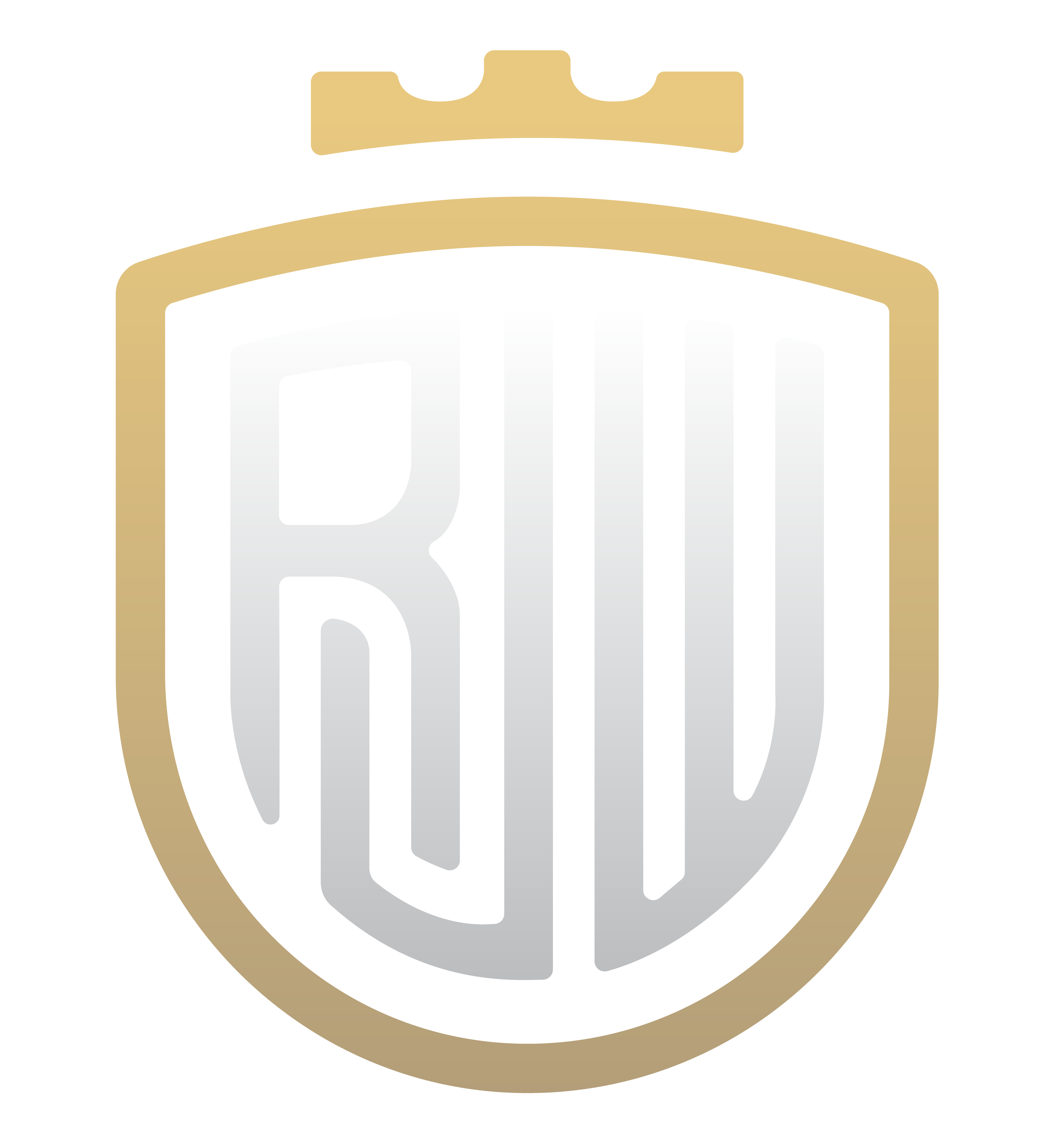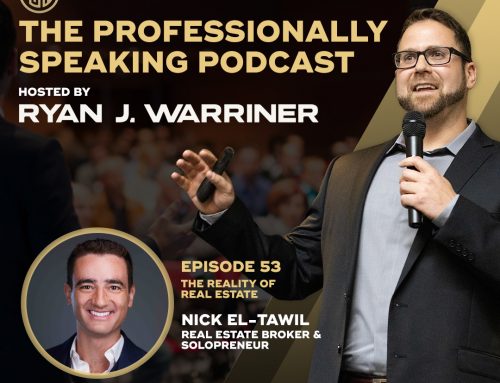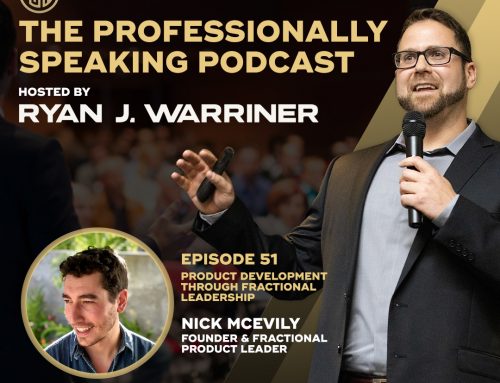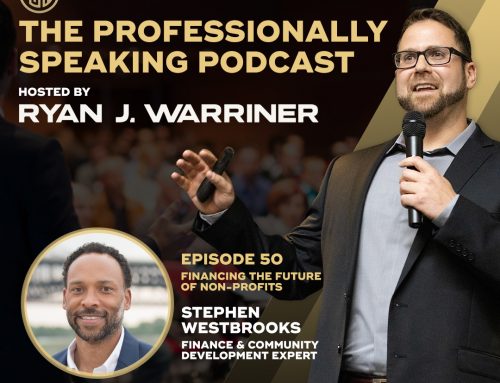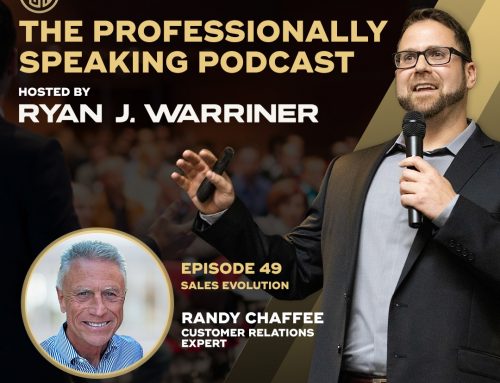Why do presentations still exist? Why don’t organizations communicate through memos instead?
Power of Oral Communication
Clearly, there’s compelling evidence that professional presentations can be a nerve-racking experience for the everyday industry professional turned presenter. And we know from our experience as audience members that presentations can lack value, or be so overloaded with content that nothing gets absorbed. So why are presentations still being requested and delivered? Why not simply send the necessary information in a report or memo to the relevant parties? Why are we placed in the position to stand up in front of others and orally communicate our content? The answer is because of the notion that content can be more effectively delivered and absorbed, orally.
Most humans learn to listen before reading. There is overwhelming evidence that listening is humanity’s most frequent vessel of communication. On an average day, people listen about three times more than they read. People are more receptive, have longer attention spans, and are more likely to retain content when listening as opposed to reading. Consider human history: people have been communicating through reading and writing for approximately 5500 years. On the other hand, people have communicated through speaking, listening, and interpreting body language since the beginning of communication, more than 100 000 years ago. At the end of the day, most people are far more adept at communicating orally than via text.
Guided Reception
There are two supplementary benefits of a professional presentation. The first is the ability to connect with the audience. This affords the presenter the opportunity to switch tactics or adapt to audience members. Years ago, as a college professor, I was assessing an intern while they presented their company’s options regarding product procurement. The products were organized by their cost and their value. When the presenter began by stating the price of the first product, the audience nodded along. However, when the presenter moved on to the value that the product would bring, the audience stopped nodding. While the presenter was explaining how they came to that value, each audience member tilted their head. I could almost hear a collective “huh?” of confusion.
At this point, the presenter had lost the audience. It was at this critical juncture when the intern’s presentation was at a make-or-break point. If the presenter had been able to read the audience accurately, they would have determined that many people were confused or had stopped following the presentation. The presenter could have recovered by interjecting and stating: “Alright, let me go back through the value for this product” or “Ok, I’m sensing that we’ve disconnected somewhere. Let me try to explain that another way,” then explained again how the product would bring value in greater, more accessible detail.
The presentation would have been more likely to succeed, the audience would have felt more involved and understood, and the presenter would have felt more confident knowing that they had connected with their audience. However, the presenter chose to simply disregard the audience’s puzzled facial expressions and, instead, soldier on through their presentation. As a result, the audience immediately became disengaged and less attentive. The presenter signaled their lack of regard for the audience, and the audience responded accordingly.
